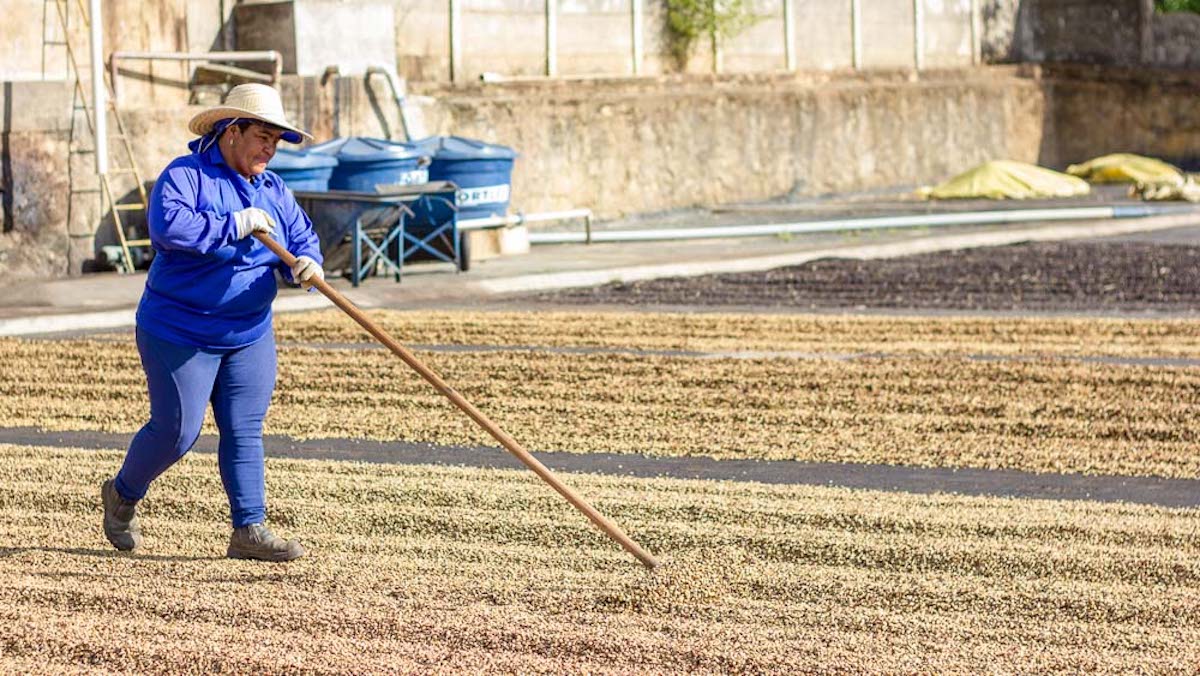
Understanding the Pulped Natural Process:
The pulped natural process falls between the fully washed and natural processes. It involves removing the skin and fruit pulp from the coffee cherries, similar to the washed process, while allowing the beans to dry with a portion of the sticky mucilage intact, reminiscent of the natural process. This combination results in a flavour profile that exhibits the sweetness of natural coffees with the clarity and cleanliness of washed coffees.
The Pulped Natural Journey:
1. Harvesting: Coffee cherries are carefully hand-picked when they have reached the desired ripeness, ensuring optimal flavor development within the beans.
2. De-pulping: The cherries are then processed through a mechanical pulping machine that removes the outer skin and a significant portion of the fruit pulp, exposing the coffee beans.
3. Drying: Unlike the fully washed process where the beans are thoroughly washed and fermented, in the pulped natural process, the beans are left with a layer of sticky mucilage. The beans are spread out on drying beds or patios, where they are regularly turned to ensure even drying. As the beans dry, the remaining mucilage imparts unique flavours and sweetness.
4. Hulling and Sorting: Once the beans have reached the optimal moisture content, the dried parchment layer is removed through hulling. The resulting green coffee beans, now free from the mucilage, undergo careful sorting to remove any defects and inconsistencies.
5. Roasting and Brewing: The sorted green coffee beans are ready for roasting, where they are skill-fully transformed into aromatic brown beans. The roasted beans are then ground and brewed, offering a cup of coffee that embodies the distinct characteristics of the pulped natural process.
Distinctive Characteristics:
Coffee processed using the pulped natural method showcases a nuanced flavour profile. It often exhibits a smooth body, enhanced sweetness, and vibrant acidity. The presence of the mucilage during drying contributes to the coffee's distinct sweetness, reminiscent of the natural process, while the partial removal of the fruit pulp provides a cleaner cup with more pronounced flavours and clarity, similar to the washed process. The resulting brew often presents notes of tropical fruits, berries, and floral undertones, creating a harmonious blend of flavours.
Conclusion:
The pulped natural process serves as a bridge between the natural and washed methods, offering a unique and captivating flavour experience. It allows coffee enthusiasts to indulge in a cup that combines the sweetness and complexity of natural coffees with the cleanliness and clarity of washed coffees. The pulped natural process demonstrates the innovative spirit of coffee processing, showcasing how variations in technique can unlock distinct flavours and characteristics within the beans. So, the next time you savour a cup of pulped natural coffee, take a moment to appreciate the harmonious blend of flavours and the craftsmanship that went into crafting this exceptional brew. Cheers to the pulped natural process and the captivating world of specialty coffee!
